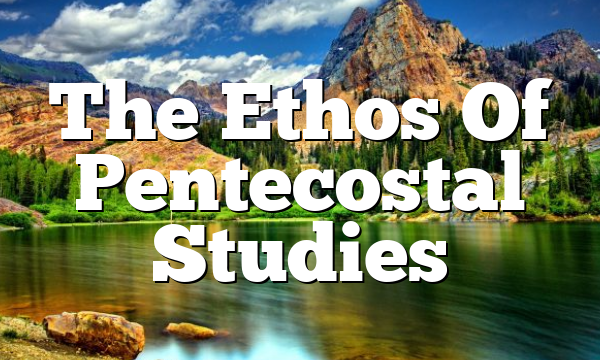Click to join the conversation with over 500,000 Pentecostal believers and scholars
Click to get our FREE MOBILE APP and stay connected
| PentecostalTheology.com



I have read Robbins and Witheringtons different understanding of socio-rhetorical criticism and have better understood Ben Witherington III’s method:
“socio-rhetorical criticism” is the study of ancient social history with a particular emphasis on the oral disposition of ancient cultures and their use of Greco-Roman rhetoric. This method examines the societal factors, literary works, and rhetorical techniques that were widely implemented in first century Palestine.
Defining “rhetoric” as “the art of persuasion,” rhetorical criticism allows exegetes to examine the New Testament’s adaptation of rhetoric to further each author’s particular theological agenda. These rhetorical devices include literary and oral tactics, such as rhetorical questions, irony, hyperbole, personification, enthymemes, rhythm, rhyme, alliteration, amplification, and assonance.
…
Socio-rhetorical criticism assumes that ancient rhetoric influenced the New Testament writers in their composition of Scripture. In order to discover the authorial intent of the biblical writers, readers must first attempt to understand the rhetorical contexts within which they wrote. One important context is the culture’s use of “oral texts,” where the people customarily heard a text read aloud.
How can we do socio-rhetorical criticism on Matthew 13:31-32 using his method?
Matthew 13:31 He told them another parable: “The kingdom of heaven is like a mustard seed, which a man took and planted in his field. 32 Though it is the smallest of all seeds, yet when it grows, it is the largest of garden plants and becomes a tree, so that the birds come and perch in its branches.”


